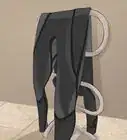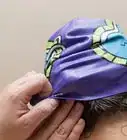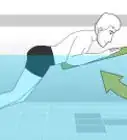X
wikiHow is a “wiki,” similar to Wikipedia, which means that many of our articles are co-written by multiple authors. To create this article, 10 people, some anonymous, worked to edit and improve it over time.
This article has been viewed 38,141 times.
Learn more...
Good swim fins are inevitable for great swimming practice-which will one day make you a fine swimmer. Swimmers - along with scuba divers and body surfers - have been using fins for decades, but only recently have coaches and swimmers alike begun to appreciate what these excellent training tools can do to help people of all ability levels improve their swimming.
Steps
-
1Try this simple test to see the difference between how fins work compared to other brands.
-
2While seated, cross your ankle over your knee, grab your toes and pull them in the direction of the sole of your foot.
- Do you feel the stretch and tension running from the top of your foot up and along the shin? Those are the primary muscles that other fins work because the fin blade extends from your toes.
Advertisement -
3Now, grab the foot in both hands; one holding the heel, the other holding the top of the foot, pull again toward the sole of the foot and resist with the leg. The tension has moved up to the upper leg, hasn't it?
-
4To measure your ankle flexibility, sit on the floor with legs extended and place a stiff piece of paper against the side of the foot. With heels touching the floor, point your toes as far forward as you can while having someone trace this side view.
-
5Measure the distance from the base of your big toe to the ground or floor; your goal should be from one to four inches.
- Fins or flippers come in hundreds of shapes, colors, fastenings, and sizes; different fins will do different things for (and to) you - but don't come down with CFD (Chronic Fins Dependency).
- Short or small bladed fins, such as Zoomers, allow you to maintain a foot speed closer to your regular kicking speed with no fins. They also add just enough extra surface area to give you more power from the kick. Zoomer-type fins come in two colors, blue and red. The blue fins are made of a softer material for folks new to short fin kicking or those that have a less efficient kick.
- They are less stressful on the ankle due to a more flexible fin blade, much more comfortable when starting out. The red are stiffer fins, resulting in more force per kick, but that also results in more stress on your joints and muscles.
- You can make your own short blade fins by cutting off all but two or three inches of the fin's blade.
- The home-made variety are usually soft, somewhat comparable to the blue Zoomers-type fins.
- The advantage of Zoomers is their finished edges and consistent quality. Other short blade fin designs comes from a variety of sources.
- Medium to long bladed fins offer more power for each kick, but potentially at the expense of foot speed.
- They are great for working on dolphin kick and butterfly. You can feel your body and leg movements as you swim - bigger fins add emphasis, amplifying each kick.
- One good brand of medium bladed fins is the Churchill, featuring a blade that is not too long for competitive swimming.
- Fins or flippers come in hundreds of shapes, colors, fastenings, and sizes; different fins will do different things for (and to) you - but don't come down with CFD (Chronic Fins Dependency).
-
6Avoid "very long" or vented, scuba style fins. While excellent for scuba uses, they are not the best choice for a swimming workout with fins. The fin's length and design result in very slow movements, too slow to give you as much specific benefit as short fins.
- The long fins still offers some benefits, for flexibility, increased workout load, and speed, but not as many as the shorter or medium bladed fins.
- And then there is the monofin, single-bladed swim fins. These fins are also a great tool for workouts, particularly for developing strong legs, abdominal and back muscles, and working on butterfly technique.
-
7Use your fins. There is an official sport called Fin swimming. Fin swimming has competitive events where athletes wear single bladed fins (called a monofin) and race either under or at the surface for various distances.
- These races are fast! The records for 100 meters (328.1 ft) with a monofin 50m is 13.85 recorded by Pavel KABANOV (RUS) at the 25th European Finswimming Championship in Lignano Sabbiadoro, Italy, in 2015.
- Among the things that you can gain by using fins is improved ankle flexibility from the extra force the fins place on your ankle as you kick. Increased ankle flexibility will result in a more efficient flutter kick through better angles of attack on the water.
Advertisement
Warnings
- Make sure to buy fins that are a little bigger than needed. Small fins will result in blisters, while fins that are way too big will fall off. Fins that are just the right size will be quickly outgrown!⧼thumbs_response⧽
Advertisement
Things You'll Need
- Goggles
- Fins
- Good knowledge of swimming
About This Article
Advertisement
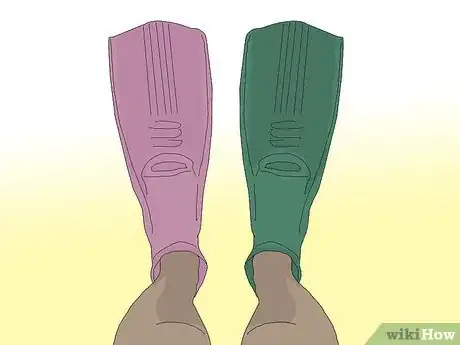
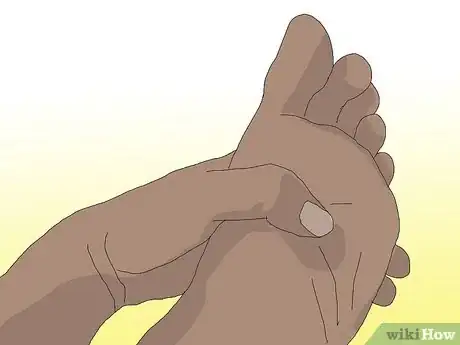

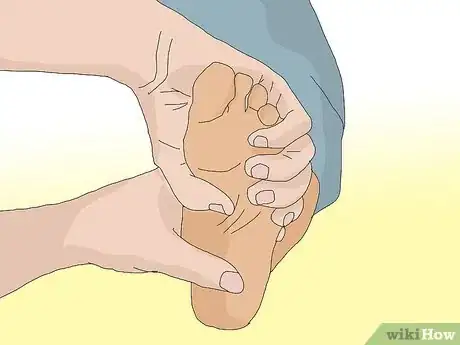
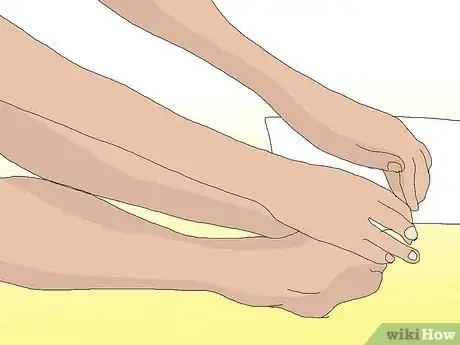
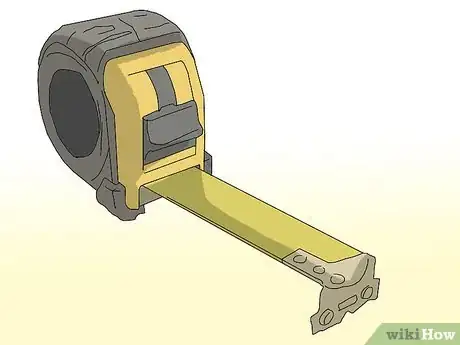
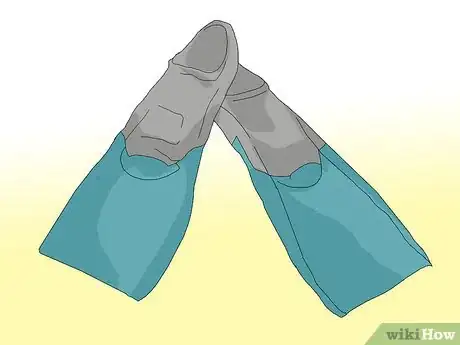
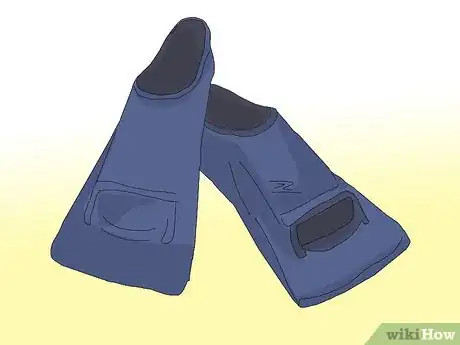
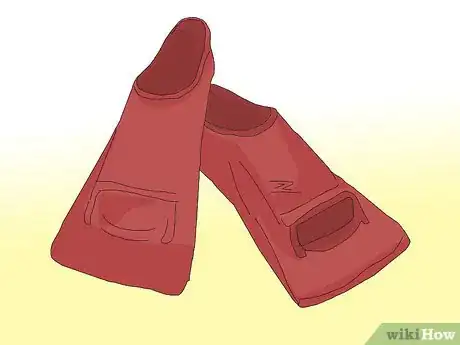
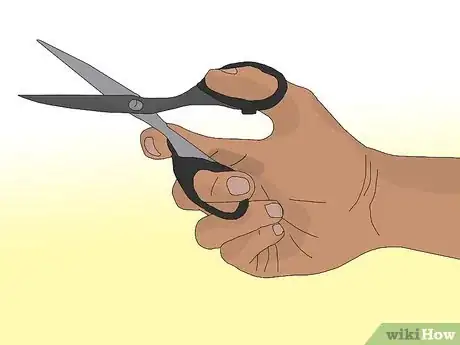
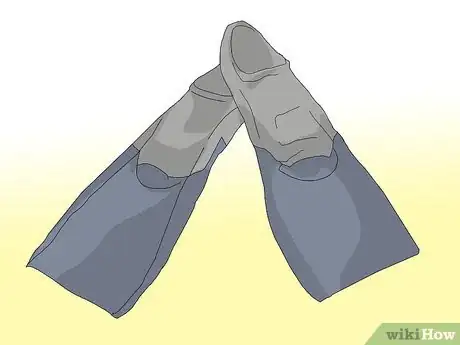
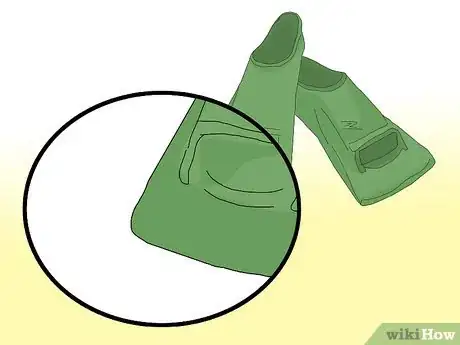
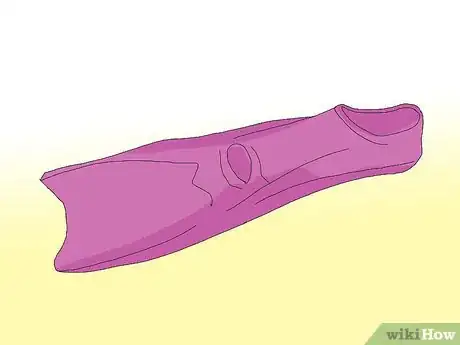
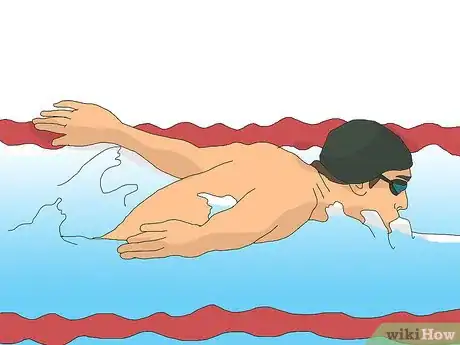
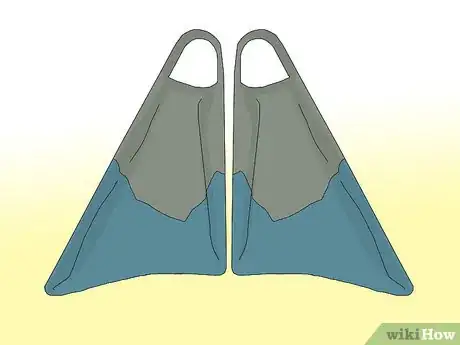
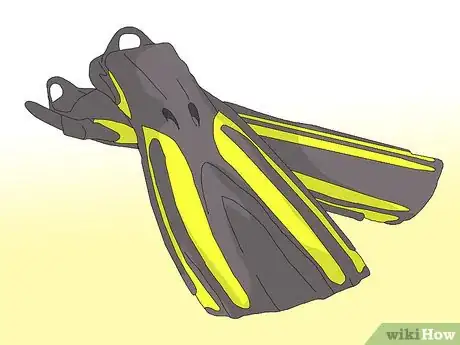
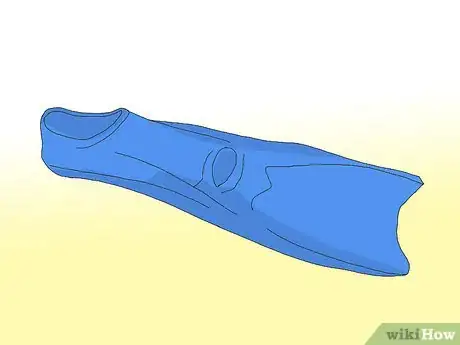
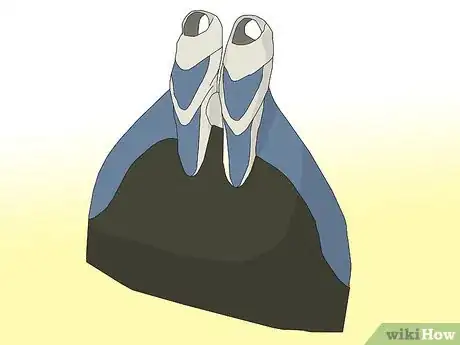
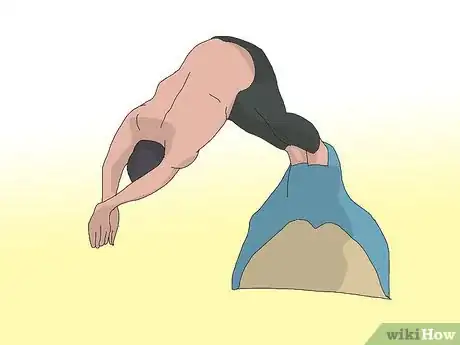
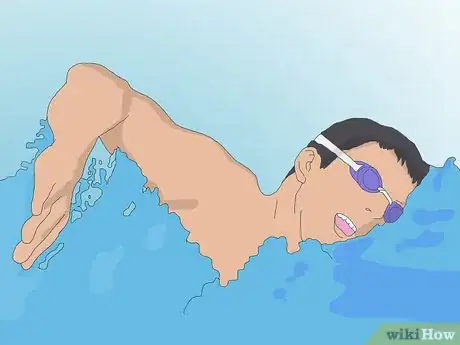
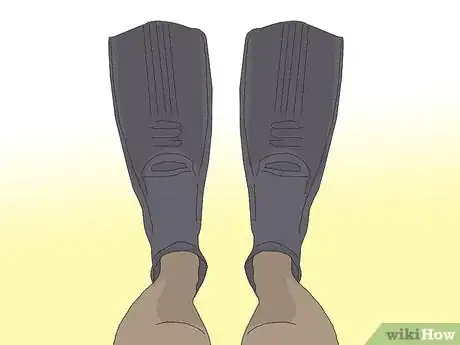



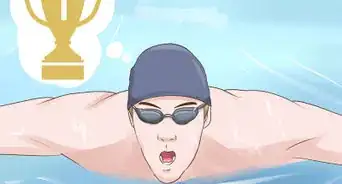
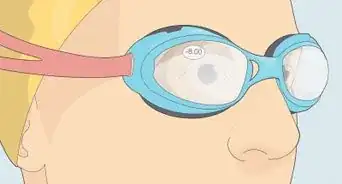

-Step-22.webp)
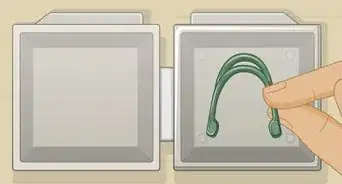

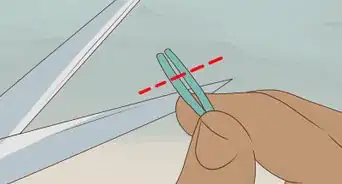
-Step-14.webp)






